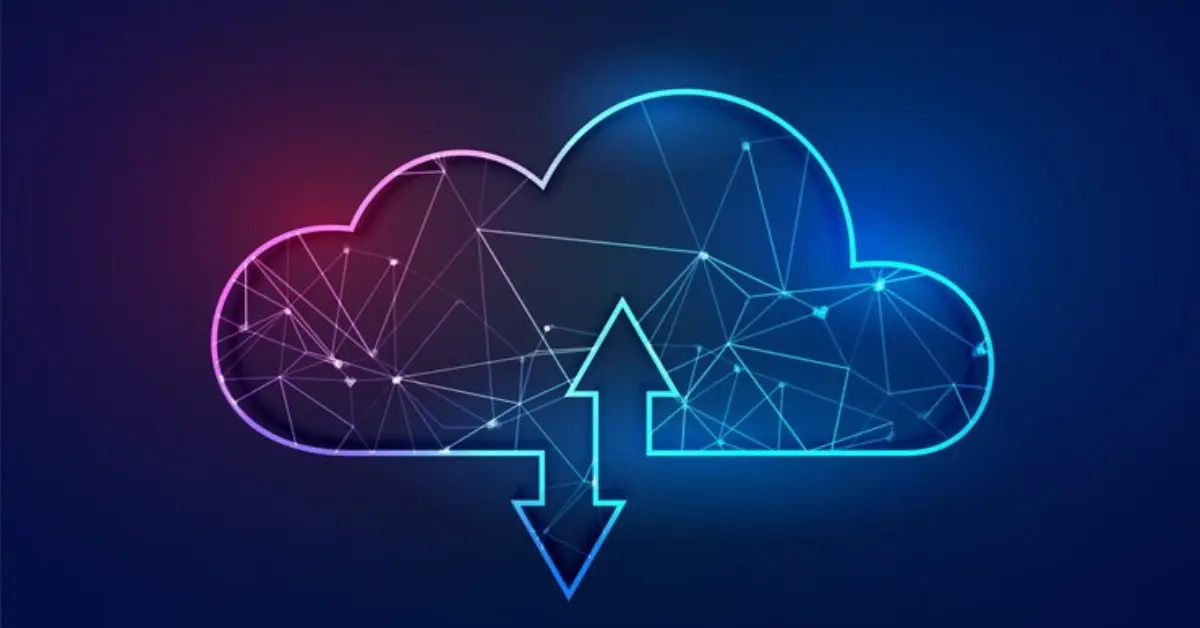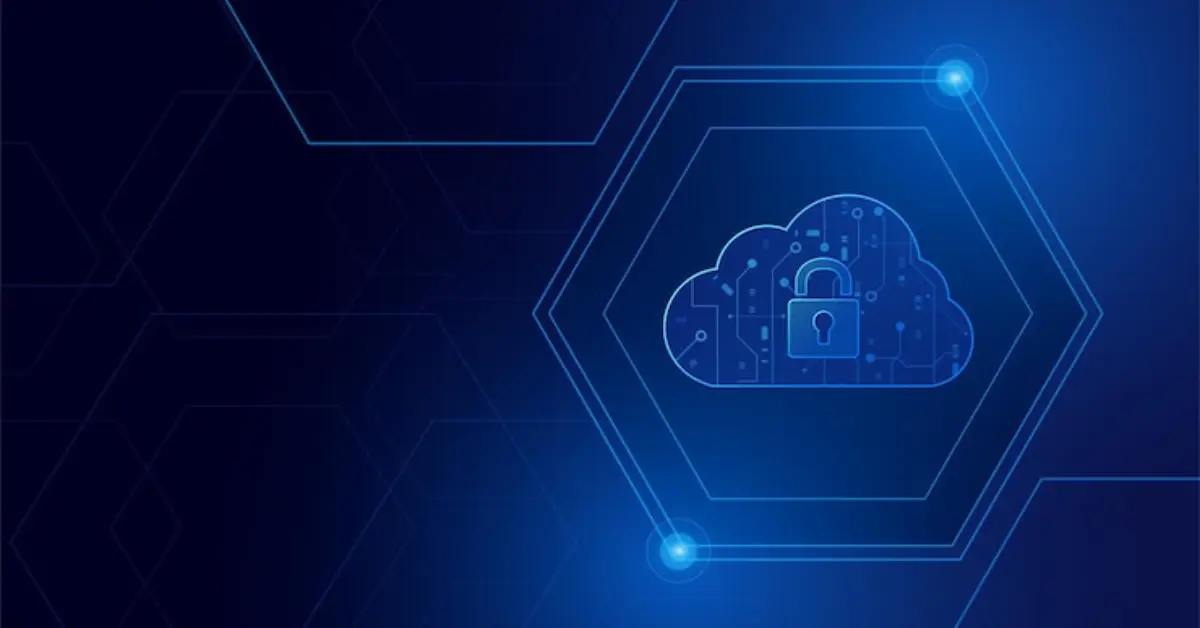Introduction
In the rapidly evolving landscape of technology, Fog Computing has emerged as a revolutionary concept, seamlessly bridging the gap between Cloud and Edge computing. This innovative paradigm addresses the limitations of traditional cloud-centric models by bringing computation and data storage closer to the source of data generation, thereby enhancing connectivity, reducing latency, and optimizing overall system efficiency.
Understanding Fog Computing
Fog computing is a distributed computing paradigm that extends computing resources closer to the edge of the network, bringing computational power and storage capabilities closer to the data source. It aims to address some of the limitations of cloud computing, such as latency, bandwidth constraints, and reliance on centralized data centers. Here are key concepts to help you understand fog computing:
- Edge Computing vs. Fog Computing
- Edge Computing: Refers to the practice of processing data closer to the data source or “edge” of the network, reducing latency and bandwidth usage.
- Fog Computing: A more advanced form of edge computing, introducing a hierarchical architecture with additional layers between the edge devices and the centralized cloud. These intermediary layers are referred to as the “fog layer.”
- Hierarchical Architecture
- In fog computing, the architecture consists of multiple layers, including the edge devices, fog layer, and cloud. This hierarchy allows for more efficient data processing and management.
- Edge devices perform initial data processing, and as the data moves towards the cloud, each layer can perform specific tasks, optimizing resource utilization.
- Proximity to Data Source
- Fog computing places computing resources closer to where data is generated or consumed. This proximity helps reduce latency and ensures faster response times for applications and services.
- Distributed Resources
- Fog computing utilizes distributed resources across the network, including edge devices, routers, switches, and servers in the fog layer. These resources work collaboratively to process and manage data.
- Real-time Processing
- Scalability
- Fog computing allows for the scalable deployment of resources based on the specific needs of different applications and services. This scalability is essential for handling diverse workloads efficiently.
- Use Cases
- Fog computing is applicable in various domains, including IoT, smart grids, healthcare, manufacturing, and more. For example, in IoT, sensors and devices at the edge can process data locally using fog computing, reducing the need to send all data to a centralized cloud.
- Challenges
- Challenges in fog computing include security concerns, resource management, standardization, and ensuring interoperability between devices and fog nodes.
In summary, fog computing extends the capabilities of edge computing by introducing a hierarchical architecture and distributing computing resources for more efficient and responsive processing of data at the network edge. It addresses the limitations of traditional cloud-centric models, especially in scenarios where low latency and real-time processing are critical.
Key Advantages of Fog Computing
Fog computing is a distributed computing paradigm that extends cloud computing capabilities to the edge of the network. It involves processing data closer to the source of data generation rather than relying solely on centralized cloud servers.
Here are some key advantages of fog computing:
- Low Latency
- Fog computing reduces latency by processing data closer to the edge devices. This is crucial for applications that require real-time or near-real-time processing, such as IoT devices, autonomous vehicles, and augmented reality.
- Bandwidth Efficiency
- By processing data locally, fog computing can reduce the amount of data that needs to be transmitted to the cloud. This is particularly beneficial in scenarios where bandwidth is limited or costly, optimizing network resources and reducing congestion.
- Privacy and Security
- Fog computing allows sensitive data to be processed locally rather than being transmitted to a distant cloud server. This helps address privacy concerns and enhances security by minimizing the exposure of sensitive information during transit.
- Scalability
- Fog-computing enables the scalability of computing resources by distributing processing across edge devices. This is particularly advantageous in scenarios where the number of connected devices or data sources can vary dynamically.
- Reliability
- Distributing computing resources across the edge helps improve system reliability. In cases where a connection to the cloud is lost, local processing can still occur, ensuring the continued functionality of applications and devices.
- Reduced Network Traffic
- Fog computing can help alleviate the burden on central cloud servers by offloading processing tasks to edge devices. This reduces the overall network traffic and enhances the efficiency of the entire system.
- Real-time Analytics
- Fog-computing enables real-time analytics by processing data at the edge, allowing for quick insights and decision-making. This is essential for applications such as predictive maintenance, health monitoring, and emergency response systems.
- Improved Energy Efficiency
- Local processing at the edge can be more energy-efficient than transmitting data to centralized cloud servers. This is especially relevant for battery-powered or energy-constrained devices, as it helps prolong their operational lifespan.
- Adaptability to Heterogeneous Environments
- Fog-computing is adaptable to a variety of devices and network architectures. It can be deployed in diverse environments, ranging from industrial settings to smart cities, accommodating the unique requirements of each context.
- Enhanced Quality of Service
- By processing data closer to the source, fog computing can enhance the quality of service for applications that demand low latency and high responsiveness, leading to a better user experience.
These advantages make fog-computing a compelling approach for various applications, especially those that benefit from edge processing capabilities and require efficient, low-latency, and secure data handling.
Applications of Fog Computing
Fog computing is a distributed computing paradigm that extends cloud computing capabilities to the edge of the network. It brings computation, storage, and networking closer to the data source, reducing latency and improving efficiency. Here are some applications of fog computing:
- Internet of Things (IoT): Fog-computing is particularly beneficial for IoT devices. By processing and analyzing data closer to the source, it reduces the need to send large volumes of data to centralized cloud servers. This results in lower latency, improved real-time decision-making, and reduced network congestion.
- Smart Cities: Fog-computing plays a crucial role in smart city initiatives by enabling efficient data processing at the edge. It supports applications such as traffic management, smart lighting, waste management, and environmental monitoring, enhancing overall city infrastructure.
- Healthcare: In healthcare, fog computing can be used to process and analyze patient data at the edge, improving the speed and efficiency of diagnostics. It also supports the deployment of wearable devices and remote patient monitoring systems.
- Autonomous Vehicles: Fog-computing is essential for autonomous vehicles, as it enables real-time processing of data from sensors, cameras, and other sources. This allows vehicles to make quick decisions, enhancing safety and responsiveness.
- Industrial Internet of Things (IIoT): Fog computing is widely used in industrial settings to support IIoT applications. It enables real-time monitoring and control of manufacturing processes, predictive maintenance, and optimization of production workflows.
- Augmented Reality (AR) and Virtual Reality (VR): Fog-computing reduces latency in AR and VR applications by processing data closer to the user device. This results in a more seamless and responsive user experience, especially in scenarios where low latency is crucial.
- Edge Analytics: Fog computing facilitates edge analytics, allowing organizations to analyze data locally before sending relevant information to the cloud. This is particularly useful in scenarios where bandwidth is limited, and real-time analysis is essential.
- Retail: In the retail sector, fog computing supports applications such as personalized marketing, inventory management, and in-store analytics. It helps retailers analyze customer behavior and preferences in real-time.
- Environmental Monitoring: Fog-computing is used for environmental monitoring applications, such as weather forecasting, air quality monitoring, and natural disaster detection. Localized processing of data allows for quicker response times in critical situations.
- Security and Surveillance: Fog computing enhances security and surveillance systems by enabling real-time analysis of video feeds and sensor data at the edge. It allows for quicker detection of anomalies and faster response to security incidents.
Future Trends and Developments in Fog Computing
Fog computing was already an emerging paradigm in the field of distributed computing. Fog-computing extends the capabilities of cloud computing closer to the edge of the network, enabling processing, storage, and communication to take place near the data source rather than relying solely on centralized cloud resources. Since technology evolves rapidly, there may be further developments and trends in fog computing by now (February 2024).
Here are some potential future trends and developments:
- Edge AI Integration: Fog computing can be combined with edge computing and artificial intelligence (AI) to enable real-time processing and decision-making at the edge of the network. This integration can lead to more efficient and responsive systems, particularly in applications like autonomous vehicles, smart cities, and industrial IoT.
- 5G Adoption: The rollout and widespread adoption of 5G networks can significantly impact fog computing. The high data transfer speeds and low latency provided by 5G can enhance the performance of fog computing systems, making them more suitable for applications that demand quick response times and large bandwidth.
- Security and Privacy Enhancements: As fog computing involves processing sensitive data at the edge, there will likely be an increased focus on security and privacy measures. Future developments may include advancements in encryption techniques, secure communication protocols, and privacy-preserving algorithms to protect data in distributed fog environments.
- Standardization Efforts: Standardization plays a crucial role in the widespread adoption of any technology. Future developments may see the establishment of industry standards and protocols for fog computing, ensuring interoperability and facilitating the integration of different fog computing solutions.
- Energy Efficiency Improvements: With a growing emphasis on sustainability, there may be advancements in energy-efficient fog computing solutions. This could involve the development of low-power hardware, optimized algorithms, and intelligent resource management techniques to minimize energy consumption.
- Hybrid Cloud-Fog Architectures: Organizations might adopt hybrid cloud-fog architectures, leveraging both centralized cloud resources and distributed fog computing capabilities. This approach allows for flexibility in managing workloads based on specific requirements, optimizing performance, and resource utilization.
- Application-Specific Implementations: Tailoring fog-computing solutions to specific industry needs and applications is likely to become more prevalent. Different sectors, such as healthcare, manufacturing, and transportation, may see customized fog computing implementations to address their unique challenges and requirements.
- Increased Edge Device Proliferation: The number and diversity of edge devices connected to fog- computing environments may increase. This could include a wide array of sensors, actuators, and IoT devices, contributing to more comprehensive and context-aware computing at the edge.
It’s important to note that these trends are speculative, and actual developments may vary based on technological advancements, market demands, and regulatory considerations. Keeping abreast of the latest literature, industry announcements, and conferences is recommended for the most up-to-date information on fog-computing trends.



